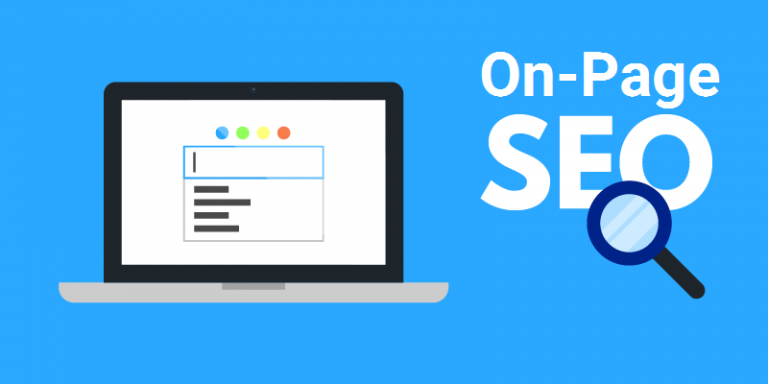When your content isn’t ranking, it’s rarely about bad writing. More often, it’s about small on-page SEO gaps that quietly hold you back. The good news? Most of these fixes are simple and can deliver real results fast.
Here are seven proven on-page SEO adjustments that can lift your rankings — and your click-through rates — without overhauling your entire website.
1. Refine Your Title Tags
Your title tag is the first impression you make in search results. It should include your primary keyword naturally, stay under 60 characters, and promise value to the reader. Avoid stuffing; focus on clarity and intent. A title that aligns with what users actually search for can immediately improve visibility and clicks.
2. Strengthen Your Meta Descriptions
Think of your meta description as an ad for your content. It doesn’t directly impact rankings, but it heavily influences CTR. Write concise, action-driven descriptions around 150–160 characters, and include a natural keyword mention. The goal is to make users curious enough to click.
3. Optimize Your Headings
Search engines and readers both use headings to understand your content’s structure. Make sure you have one clear H1 with your main keyword and logical subheadings (H2s and H3s) that guide the flow. This structure not only improves readability but also helps Google identify your content’s hierarchy and relevance.
4. Fix Internal Linking
Internal links are an underrated SEO powerhouse. They help search engines crawl your site and pass authority between pages. Link to older, relevant posts with descriptive anchor text, and make sure no page is isolated. A well-linked site keeps users engaged longer and signals authority to Google.
5. Improve Image Optimization
Large, unoptimized images can slow your site and hurt rankings. Compress your images before uploading, use descriptive filenames, and always add keyword-rich alt text. This not only improves loading speed but also helps your content show up in image search — an often-overlooked traffic source.
6. Enhance Page Speed and Mobile Experience
Google’s Core Web Vitals put performance front and center. A slow site frustrates users and reduces dwell time. Use tools like PageSpeed Insights or GTmetrix to identify what’s slowing you down. Common culprits include oversized images, unused scripts, and poor hosting. Make your pages fast and mobile-friendly to boost both UX and SEO.
7. Strengthen Your Content Depth
If your page doesn’t answer every angle of a query, it’s unlikely to rank high. Add depth — supporting stats, examples, FAQs, and related insights. When users stay longer and scroll further, it signals relevance and authority to search engines.
Final Thought
SEO success doesn’t always require massive overhauls or technical audits. Often, it’s the small, strategic fixes that deliver the biggest impact.
At The Brand Loom, we focus on these foundational optimizations first because they move the needle fastest. Once you fix your on-page elements, every other SEO effort — from content creation to backlinks — performs better.



